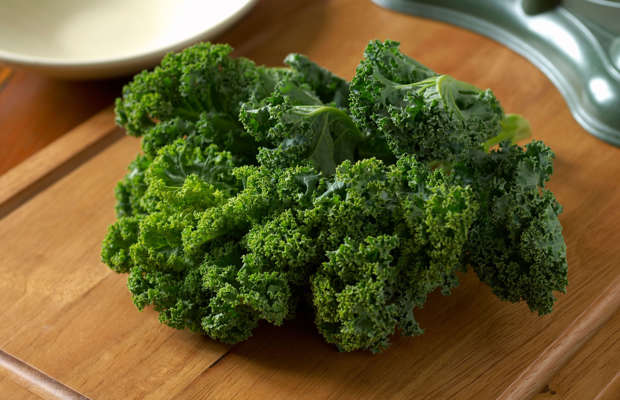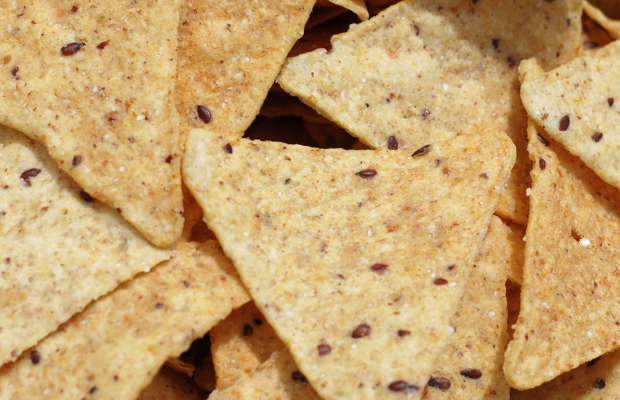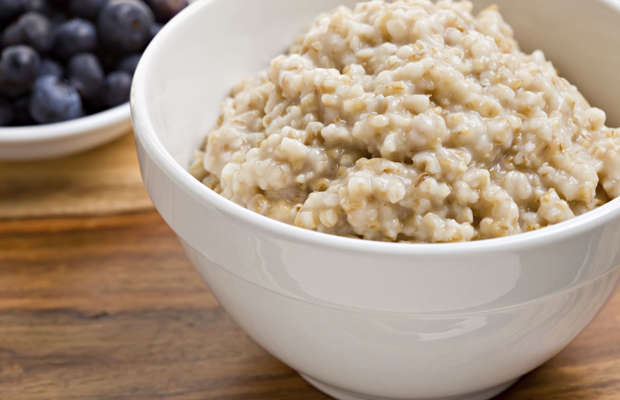6 Diabetes Food Swaps That Can Help Lower Your Blood Sugar
© JGI/Jamie Grill/Getty ImagesIf you have diabetes then you know how important a healthy lifestyle is. However, a diabetes diagnosis doesn't mean you can't eat the foods you love. Instead of completely ditching your old diet, resolve to make a few small substitutions. By replacing a low-fiber food with a high-fiber version, for example, you can help keep glucose levels under control and feel full sooner so you eat less. Other little changes can help with portion control and weight loss. Try making a few of these easy changes and see how small swaps can make a big difference in managing your diabetes and your overall health.
Eat Whole Grains Instead of Refined
© MIXA/Getty ImagesWhite rice and white flour get their pasty color as a result of being refined, or having their fiber-rich husk, bran, and germ stripped away. Fiber helps prevent blood sugar spikes. Research has shown that eating whole grains can lower your risk of chronic diseases such as diabetes and heart disease by 20 to 30 percent. Replace white rice with whole grains such as brown rice or quinoa, and choose bread with a whole grain listed as the first ingredient.
Eat Dark Leafy Greens Instead of Light Ones
© Keith Leighton/AlamyUnlike nutrient-poor iceberg lettuce, dark leafy greens such as spinach, arugula, kale and Swiss chard are packed with vitamins and nutrients such as vitamins A and C, as well as magnesium and potassium. Darker greens also have more fiber. Toss a couple of handfuls of dark greens into your next salad, or add them to a smoothie — you won’t even taste them.
Eat Baked Chips Instead of Fried
© Anthony Rosenberg/Getty ImagesCut some fat out of your diet without giving up that satisfying crunch. Potato, tortilla, and pita chips come in baked versions that are lower in fat. Some are also higher in whole grains than others. Keep in mind, though, that these snacks are not the most nutritious food choices, and portion control is especially important. Instead of eating straight out of the bag, place a serving in a bowl or buy single-serving packs.
Eat Whole Fruit Instead of Fruit Juice
© Eric Audras/Getty ImagesApples, oranges, and grapes are good sources of fiber, but you need to eat the whole fruit to get the benefits. Juices have all of the sugar of the fruit, but not the skins and pulp — so they lack the fiber that slows down sugar absorption and controls insulin levels. Go for the whole fruit, and include antioxidant-rich dark berries as well. If you need something to drink with meals, try water with lemon.
Eat Steel-Cut Oats Instead of Boxed Cereal
© Debbi Smirnoff/Getty ImagesIf you start your day with a bowl of cereal, try a bowl of steel-cut oatmeal instead. Boxed breakfast cereals, many of which are made with refined grains, are often low in fiber and high in sugar. Steel-cut oats are higher in fiber (even higher than instant oatmeal) and will slow down the rise in insulin. Newer varieties of steel-cut oats take just a few minutes to cook, or you can prepare them ahead of time and reheat in the morning if you’re short on time.
Eat From a Small Plate Instead of a Large One
© Jacob Wackerhausen/Getty ImagesControlling portions is just as important for people with diabetes as choosing healthy options. So much of eating is visual, and a few small changes can help you feel satisfied with less food. Try using a smaller plate for meals, which will give the illusion of more food even though the portions may be smaller. Instead of watching television, working on the computer or doing something else distracting while you eat, focus on your food and how every bite smells and tastes. Slow down and enjoy it, and you will likely eat less.Athena Philis-Tsimikas, MD, is an endocrinologist and the Corporate Vice President for the Scripps Whittier Diabetes Institute.
source : Everyday Health (http://www.everydayhealth.com/)








0 Comments